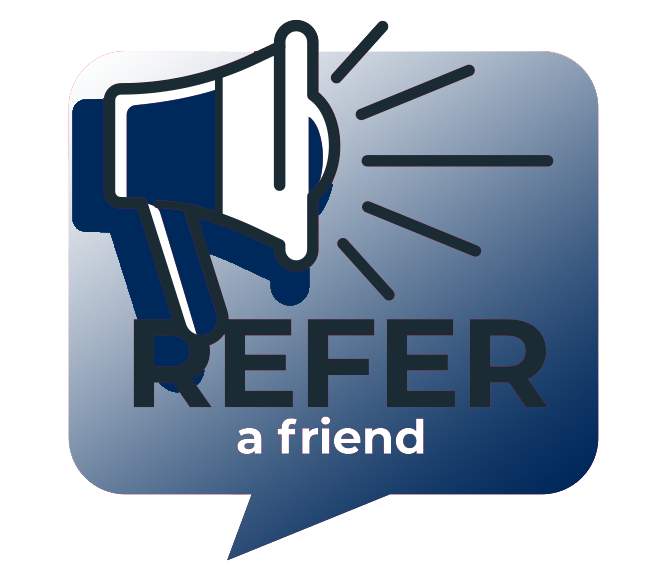Most of us understand the importance of life insurance when you consider your family’s well-being and financial security. But what about the businesses left behind when an owner or principal passes, no longer able to maintain that company’s success? Or having the financial burden of finding a replacement for that person?
Key person life insurance is when a business purchases life insurance on an individual that is an asset to the company’s operation and success. Often times, this is an owner or principal in which not just anyone can replace at any given time. A “key person†is someone that contributes creativity, operational management, knowledge, inspiration, relationships, etc that is crucial to the viability of the company.
A business can be the beneficiary and also pay the premium of the policy. Sometimes this is also referred to as “business life insurance†because it’s protecting the business in the event this very important and necessary person is deceased.
There are a couple of very real circumstances in which this type of coverage is considered:
• If a financial institution or creditor needs collateral for a loan that the business is applying for and requires the option of putting a lien on a key person policy. This is also called “collateral assignmentâ€.
• If there are two or more partners that co-own the business together, this type of coverage would assist the partners in buying out the other’s shares if they die. This is also considered part of the buy-sell agreement as the life insurance would help fund buying out the deceased partners’ family members.
There isn’t a perfect formula to calculate how much key person insurance a company needs. One good way to estimate it is to have an idea of the immediate financial burdens the company could face if that person stops doing what they’re doing. An example would be someone in a Business Development role that could bring any growth to a screeching halt. Or someone with a reputation or connection that is the sole reason a big client does business with them. Another consideration, more for sole proprietors, is what amount of debt the company has that would need to be paid off if its doors were to close unexpectedly.
It’s highly likely that this “key†type of person has invested a large amount of time, effort, energy and heart into the company they either own or work for. There’s no better way to be sure their legacy lives on than having that business protected and stable when their time comes to leave it behind.



